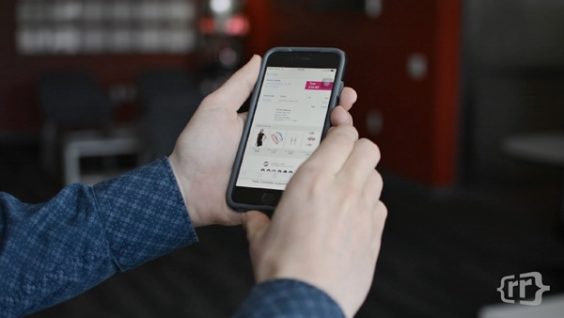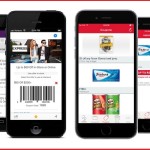
Personalized coupons that show up on your phone. In-store product recommendations based on things you browsed online. Facial recognition technology that helps salespeople know who you are as soon as you walk into a store.
Some of this is kind of cool, and some is downright creepy. But in this new age of digitally-enhanced shopping and saving, where do you draw the line?
That’s the question that retail personalization company RichRelevance put to shoppers, in its new “Creepy or Cool” survey. And it found that some new technologies are more readily embraced than others.
Mobile phones have rapidly become must-have shopping accessories for many consumers, and they’re open to new ways that they can use their phones to save money. Nearly three-quarters of survey respondents said they use their mobile phone while shopping in a physical store. That percentage soars to 84% among Millennials (ages 18-29).
But increasingly, shopping with a mobile phone in hand means walking “a fine line between an elevated – or an eerie – experience,” the report’s authors found. “While American consumers expect to use their mobile phones as part of the store experience, they are most open to mobile and digital innovations that allow them to choose when and how to engage.”
So among the features considered “cool” are things that shoppers can control themselves. 79% liked being able to scan a product on a mobile device in order to learn more about it.
But the “cool” factor begins dropping precipitously, the less control shoppers feel that they have over their own phone. Just over half said they’d find it “cool” if, when leaving the store, they received a digital coupon for a product they looked at but didn’t buy. 40% would like information, recommendations and discounts to appear on their phone based on their location in the store. And just 32% thought it would be “cool” if a salesperson could make suggestions based on what the shopper had browsed and bought online and in the store.
And we haven’t even gotten to the “creepy” part yet.
Some stores are experimenting with facial recognition technology, that can identify you – either demographically or individually – and trigger product recommendations or discounts as a result. Many shoppers said that’s going a little too far – two-thirds rated that as “creepy”. About the same percentage were creeped out at the idea of having a salesperson greet them by name when they entered the store, because their mobile phone signaled their presence.
A separate survey recently found that two out of three shoppers were not interested in being tracked in stores, in order to receive coupons or discounts. And one out of three said they will “never” opt in to such an offering. Many “find it creepy,” the Walker Sands Communications report read, which will be “difficult for retailers to overcome.”
That report predicted that some of the holdouts will come around, if the offers are worth it. “In most cases, a discount or better in-store experience would persuade them to give the technology a try.”
But the RichRelevance report says it has more to do with having the power to opt in – or out. “Shoppers think it is cool to get digital help finding relevant products and information – on their own terms when they choose to engage,” said RichRelevance CMO Diane Kegley. “However, they are creeped out by digital capabilities that identify and track without a clear value offered in return.”
So just because something can be done, doesn’t necessarily mean that brands and retailers should do it. Coupons sent to your phone based on where you are in the store? Maybe. In-store kiosks and candy shelves that scan your face to determine what kind of coupons to give you? Maybe not.
Gone are the days when couponing only involved cutting out little pieces of paper. It’s a brave new world out there now. And whether that world turns out to be cool, or creepy – only time, and technology, will tell.
Image source: RichRelevance









